Recently, we partnered up with Promark and Enbridge to deploy vGIS – Holographic GIS as a next-generation tool for locate jobs (original announcement).
The premise for such deployment is fairly straight-forward – holographic projections, the ability to see surrounding infrastructure and real-time reporting tools are expected to improve productivity, increase the quality of locates and simplify “record correction” submissions.
Due to the inherent stability of vGIS projections – the lines and pipes do not move around, but stay planted to the ground as physical objects – no issues were expected with the system’s reliability. However, what about accuracy?
Augmented-reality tools often rely on the built-in GPS to display information. The low accuracy of consumer-grade GPS devices introduces unavoidable display errors so pipes, lines and wires appear several feet or even meters away from their actual location. vGIS uses a unique patent-pending calibration mechanism, and in tests vGIS consistently demonstrated the average accuracy of 3-5 cm (1-2 inc.) and as high as 1 cm (0.5 inc.). However, real-life use is a different story.
Today, we conducted a joint review with our partners – Promark and Enbridge – on location, with real-life GIS data and as part of the real-life mark-out job. Armed with traditional high-precision GNSS devices in addition to HoloLens, the team shadowed the locator, reconciling his mark-outs against the GIS and holographic visuals. The results were superb – in most cases, vGIS accuracy was under 3 cm (1 inc.) and the largest deviation from the actual was 10 cm. A discrepancy of over a meter in one place turned out to be a GIS data error and the issue was instantly reported through the vGIS system.
Today’s test was a solid confirmation that the system is field-ready. We are excited about our partnership with Promark and Enbridge and looking forward to reporting our findings from 100s of locate jobs.
Images from this field test can be seen below. The white dots are the independently made mark-outs; the dashed line is the projection as seen through vGIS (click on the images for higher resolution).


